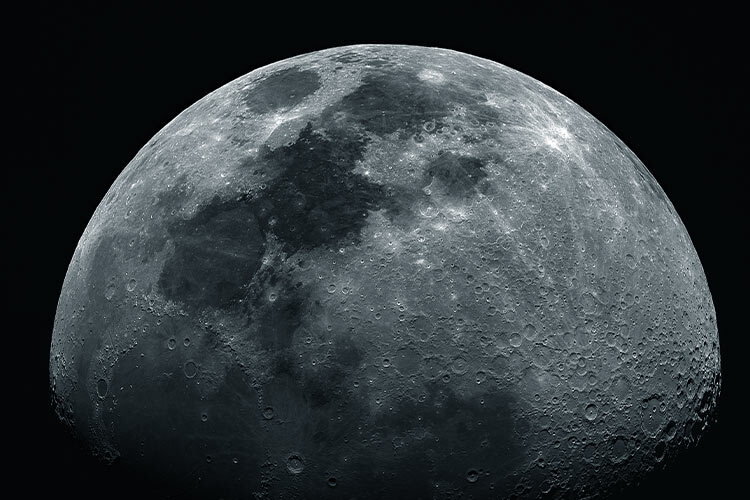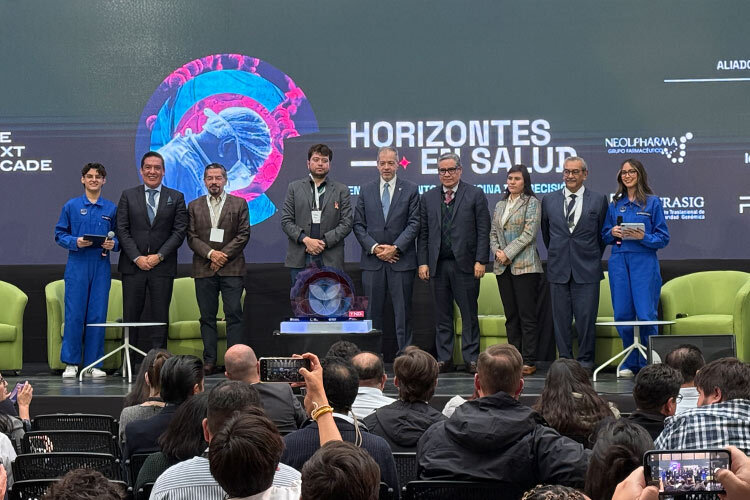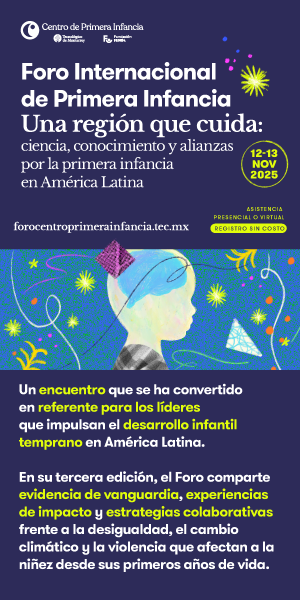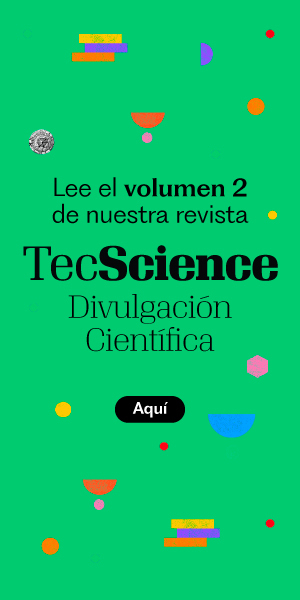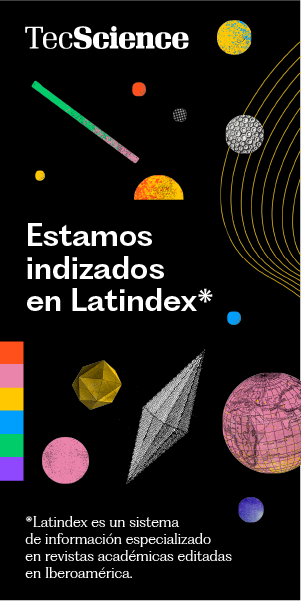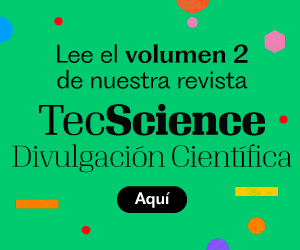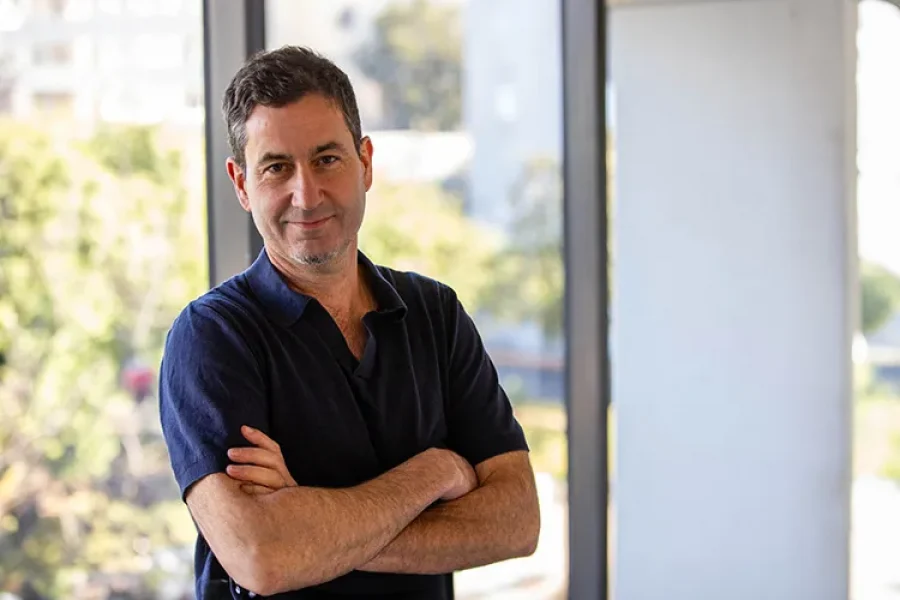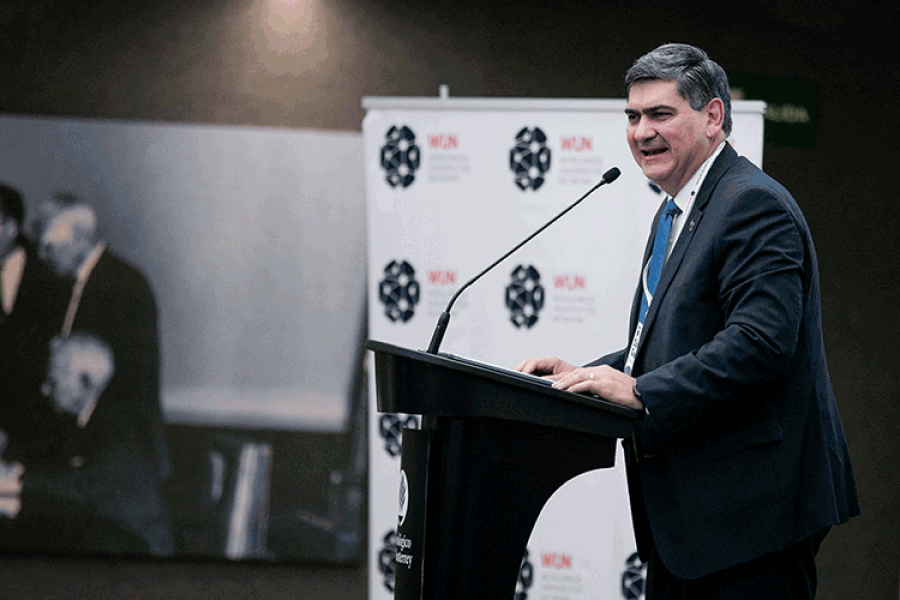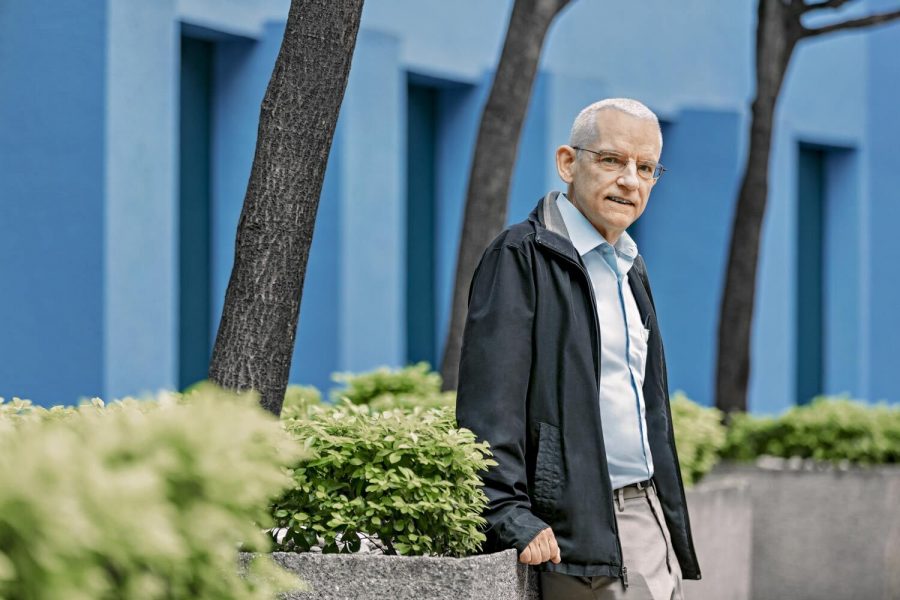In 2026 and 2027, astronauts will make stops on the Moon to explore its South Pole—“to boldly go where no man has gone before,” as Star Trek would say. The Moon will serve as a crucial waypoint between Earth and Mars, where astronauts will spend extended periods. However, lunar bases could face serious threats from collisions and prolonged exposure to space radiation, putting missions at risk. These missions, for safety reasons, are currently limited to a maximum of 18 months.
Three astronauts watch in alarm as the ceiling of a lunar space station becomes covered in glowing green spots. Fearing the worst, they initiate a possible evacuation. This scene plays out in an animation shown to me by Victoria de León as she explains her lifesaving project.
De León, a student of Robotics and Digital Systems Engineering at Tecnológico de Monterrey’s Mexico City campus, has designed an innovative panel made from biomaterials and resource-efficient technology capable of detecting space radiation. This breakthrough earned her recognition at the 2024 International Astronautical Congress in Milan.
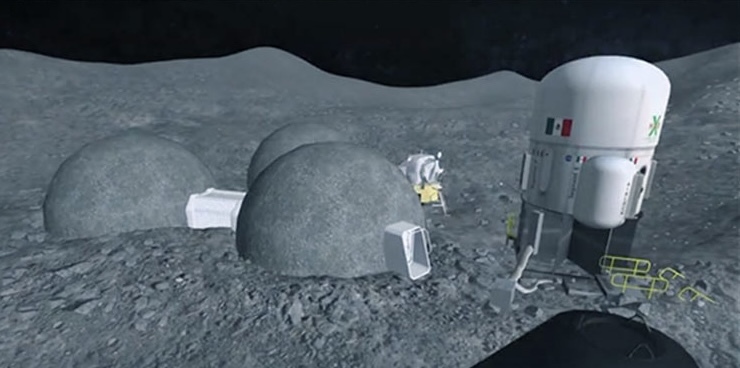
Artemis Mission: From Setting Foot on the Moon to Settling In
The Moon is a 4.5-billion-year-old time capsule, making it an invaluable site for human exploration. In 2022, the first Artemis mission launched the Orion spacecraft, heavily shielded against radiation. Its primary goal was to study the lunar environment in preparation for the next step: Artemis II, the first crewed mission. However, findings from that initial phase, released in 2024, confirmed that the greatest and most insidious threat in deep space is invisible: radiation.
Space radiation poses a significant hazard to long-term human missions. The associated risks include cancer, cataracts, degenerative diseases, and severe tissue reactions due to acute and intense exposure. Space radiation originates from multiple sources, such as galactic cosmic rays, the Van Allen radiation belts, and solar particle events, according to the latest study on the Artemis I mission. That spacecraft carried no human crew—only Helga and Zohar.
Helga and Zohar are torso mannequins, or “phantoms,” made of materials that mimic the bones, soft tissues, and organs of an adult woman, according to NASA. These torsos were equipped with over 5,600 passive sensors and 34 active radiation detectors to measure exposure.
While Orion can shield its crew from dangerous radiation levels during lunar missions, 2024 measurements revealed that exposure varies depending on one’s location inside the spacecraft.
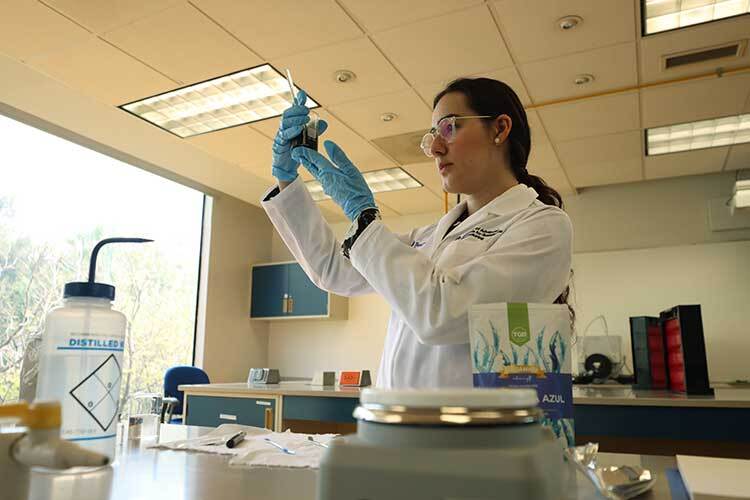
Lunar Radiation: A Silent Threat
If the Apollo program—which first landed humans on the Moon—symbolized the Greek god riding with the light of the Sun, then Artemis, his sister, represents settlement and resource gathering.
“There’s no atmosphere on the Moon like there is on Earth, and space debris or micrometeorites constantly impacts the surface. Now, imagine that damaging the outer structure of a lunar base and allowing radiation to seep inside,” says 21-year-old Victoria de León. “My goal is to detect this silent radiation in advance with this technology, paving the way for colonization over the next 10 to 15 years.”
With her project, which involves using regolith (lunar soil) films to detect radiation in lunar habitats, de León developed a flexible material composed of two key elements found in lunar explorations: regolith and insect exoskeletons, which serve as astronaut food.
The fluorescent biomaterial—a biopolymer extracted from cultivated insects such as silkworm cocoons, cockroaches, mealworms, and crickets—combined with lunar soil forms a flexible film that can be applied as wallpaper-like construction material for lunar bases. If radiation is present, the biomaterial glows, visually alerting the crew to take action.
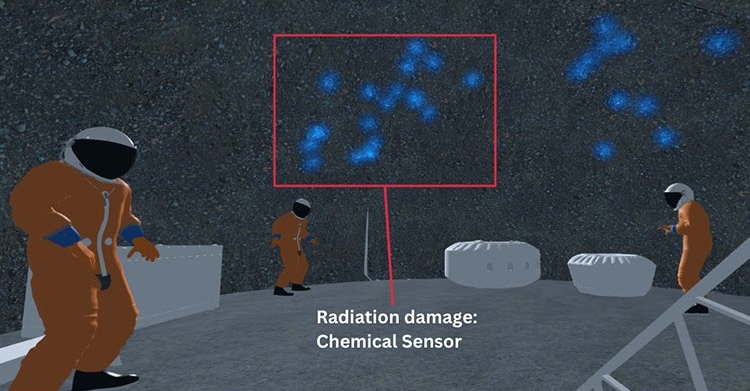
A “Serendipity” of Discipline
The idea was inspired by the In Situ Resource Utilization (ISRU) principle considered in almost every space agency in the world, which focuses on developing materials using resources already available in space, eliminating the need to transport heavy loads from Earth.
“It was serendipity—that’s how I would describe it,” de León says of the moment she accidentally exposed an insect exoskeleton to a lamp and saw it glow like a sensor. This revelation came after eight months of analysis, five months of early-morning work sessions, and at least 100 trials using five or six different materials.
“I also firmly believe that all aerospace innovations should have Earth applications. In this case, this technology serves as a biodegradable radiation detector that is environmentally friendly and low-cost,” she adds.
Mexico’s Potential as a Space Innovator
For de León, Mexico’s growing presence in the aerospace sector is a promising sign that the country can gain prominence with future projects. She won first place in the Interactive Presentation competition at the 2024 Space and Society Symposium, while Mexican students Arturo and Sofía Pulido Balderas from the National School of Earth Sciences took first place in the Science and Exploration category for their work on in situ water resource utilization for sustainable human exploration of Mars.
At the same event, Óscar Matías Hernández García received the Hans von Muldau Award for Best Student Project for his work on a sustainable solid propellant for space exploration.
Years ago, Victoria de León underwent two weeks of astronaut training in a U.S. space program. She later attended NASA’s Space University program in Houston—experiences that shaped her career path, though she ultimately chose to work behind the scenes rather than becoming an astronaut herself.
“I gravitated toward solutions that address the critical needs of space colonization, particularly health-related issues. The real question is: how can we truly colonize space? What does it involve? It means long-term habitation in all these lunar bases,” de León explains.
Before the crewed Artemis II mission launches, Victoria de León’s prototype will be sent to space on April as part of the International Space Station’s Materials International Space Station Experiment (MISSE) project. Since 2001, MISSE has tested around 4,000 material samples—including lubricants, paints, fabrics, container seals, and solar cell technologies—to assess their durability in space, according to NASA.
While some sci-fi series like Star Trek envision technology capable of repelling radiation, the Artemis missions are still working to mitigate its risks aboard Orion. In the meantime, having detectors made from biomaterials and lunar soil could prove to be a game-changing solution.
Did you find this story interesting? Would you like to publish it? Contact our content editor to learn more at marianaleonm@tec.mx
